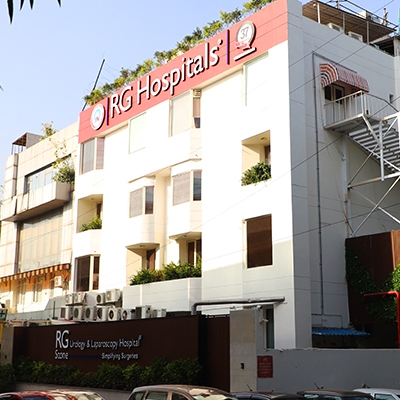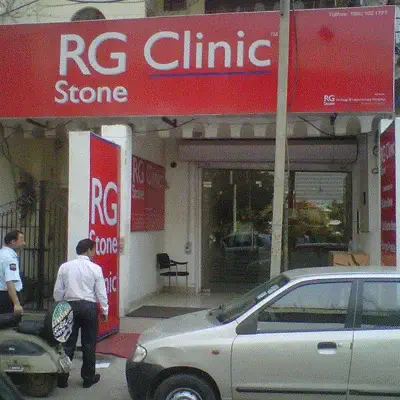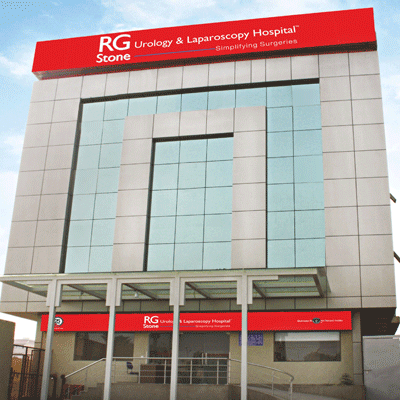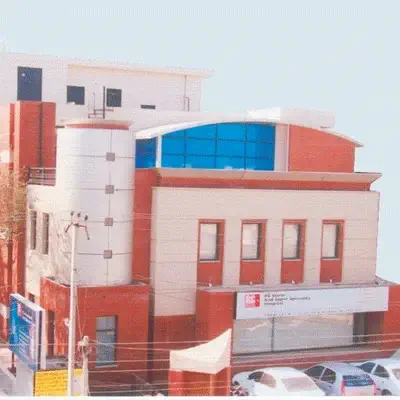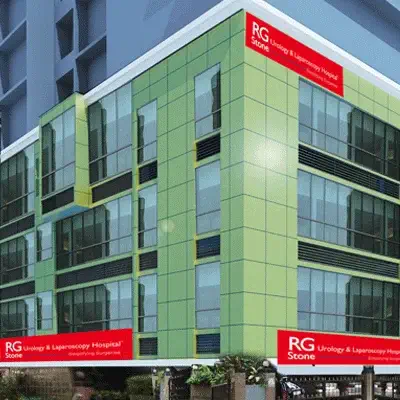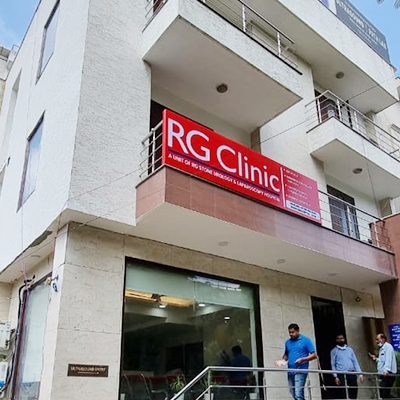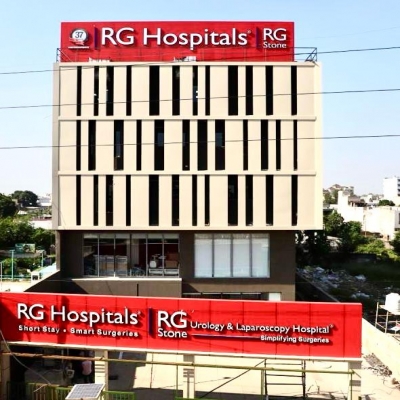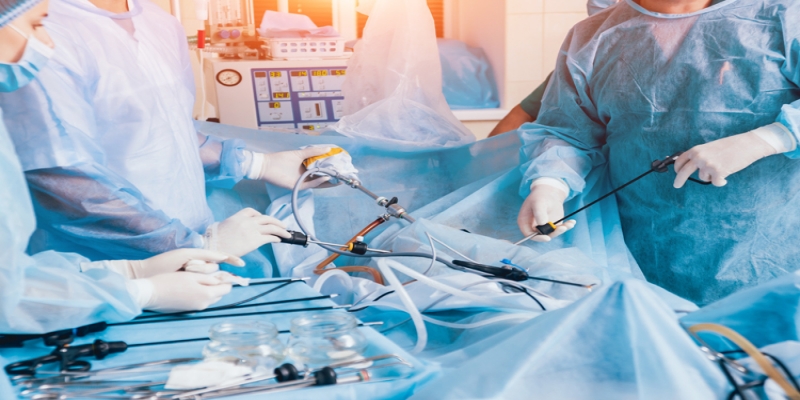Hernias occur when an internal organ or tissue bulges through a weak spot in the abdominal wall or surrounding muscle. Common causes include heavy lifting, chronic coughing, obesity, and straining during bowel movements. Additionally, congenital factors can contribute to the development of hernias. Symptoms often include noticeable lumps or bulges in the abdomen or groin area, accompanied by pain or discomfort, especially when bending over or lifting heavy objects. In some cases, hernias may present with symptoms such as nausea, vomiting, or a feeling of heaviness in the affected area.
Diagnosis and Treatment: Diagnosing a hernia typically involves a physical examination where a doctor checks for lumps or bulges in the abdominal or groin area. Imaging tests such as ultrasound, CT scans, or MRI may be used to assess the hernia's size and exact location. Once diagnosed, hernias are generally treated through surgical repair, which can be performed using open surgery or minimally invasive laparoscopic techniques. The choice of procedure depends on the hernia's type and severity. Early diagnosis and treatment are crucial to prevent complications and improve recovery outcomes.
Procedures & Interventions
Involves making a large incision to repair the hernia by pushing the bulging tissue back into place and reinforcing the abdominal wall with a mesh. This method is effective for larger hernias or those that cannot be repaired laparoscopically.
Utilizes small incisions and a camera to guide the repair. A mesh is placed through these small openings to support the weakened area. This minimally invasive approach typically results in quicker recovery and less post-operative pain.
A type of laparoscopic surgery enhanced with robotic technology for increased precision. Surgeons use robotic arms to perform the repair through small incisions, offering potentially greater accuracy and reduced recovery time.
A non-surgical option involving a supportive garment that helps keep the hernia in place. It is typically used for patients who are not candidates for surgery or as a temporary solution to manage symptoms.

Involves making a large incision to repair the hernia by pushing the bulging tissue back into place and reinforcing the abdominal wall with a mesh. This method is effective for larger hernias or those that cannot be repaired laparoscopically.

Utilizes small incisions and a camera to guide the repair. A mesh is placed through these small openings to support the weakened area. This minimally invasive approach typically results in quicker recovery and less post-operative pain.
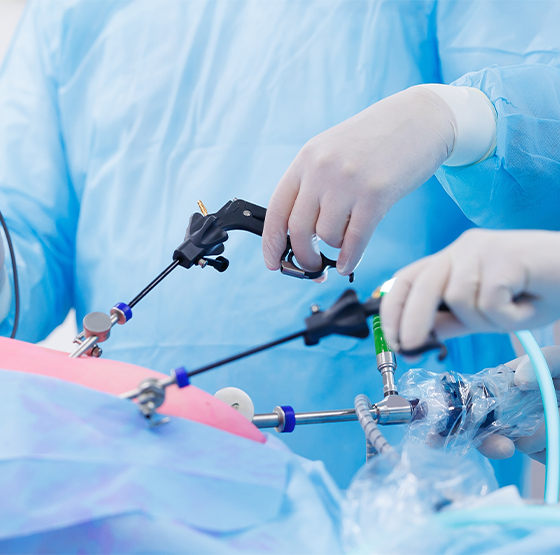
A type of laparoscopic surgery enhanced with robotic technology for increased precision. Surgeons use robotic arms to perform the repair through small incisions, offering potentially greater accuracy and reduced recovery time.

A non-surgical option involving a supportive garment that helps keep the hernia in place. It is typically used for patients who are not candidates for surgery or as a temporary solution to manage symptoms.
Team of Excellence
Behind every recovery story at RG Hospitals is a team of exceptional doctors whose passion for healing and innovation continues to transform healthcare and redefine patient outcomes.
Find a DoctorLooking for an Expert
RG Hospitals is proud to be the home of some of the world's most distinguished doctors.

Patient Stories
View AllPatient Testimonial | Commitment To Care
Treated by Dr. Manoj Gupta , RG Stone Hospital, Dehradun
- All Locations
- New Delhi
- Haryana
- Punjab
- Kolkata
- Chennai
- Mumbai
- Goa
- Uttar Pradesh
- Uttarakhand


